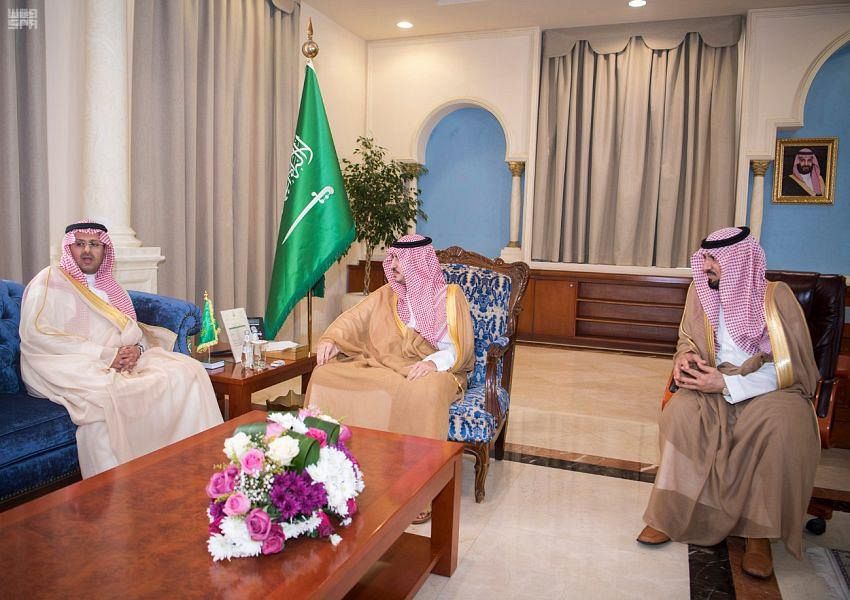
Ballet is a heritage art form that craves renewal. Companies often seek a galvanising jolt from artists in other dance styles, but the Royal Ballet’s festival gives classically trained makers a space to spread their wings, with length, large ensembles and strong design. The evening of new works results in confident main stage debuts for two experienced women based in New York and two younger men working in the UK.
The only choreographer drawn from the Royal Ballet’s ranks is Joshua Junker. Never Known opens with a twitching, angular pack of dancers staring up at a high, hazy light (Zeynep Kepekli’s gloriously responsive lighting is key to all four ballets). Junker’s movement is often deliberate, close to the floor. He stretches his cast, quite literally: spines slink backwards, one dancer drapes over another’s shoulders, there are daring lifts with one hand in the small of the back. Unexpected pools of movement form in the sonar ping and warble of Nils Frahm’s electronic score, which gives way to surging piano and a fraught duet for Liam Boswell and Francisco Serrano. What will Junker do next? It should be special.
Boundless was the evening’s stirring opener. Gemma Bond, in one of the filmed introductions to each piece, says it was prompted by watching her uninhibited young child at play. Joey Roukens’ live score comes out snarling and there’s a rambunctious energy to the ensemble, in smoky costumes by Charlotte MacMillan, who spin and whizz through ceaseless eddies and transitions. Whirling and elusive at the ballet’s centre, Yasmine Naghdi evokes ballet’s swan heritage – self-involved and determined, heedless of her partner, wonderfully unsupported.
Mthuthuzeli November has made a splash with his work for Ballet Black. Ballet diversity being what it is, a predominantly white cast delivers For What It’s Worth, inspired by singer Miriam Makeba (“Mama Africa”). It’s glowingly lit in burnt umber, costumed in rich green, blue and orange. November co-created the score with Alex Wilson, and his satisfyingly full-fat movement pulses through an ensemble led by Mayara Magri with lavish, wheeling arms, percussive handclaps and delicately fluting wrists.
The only dud for me was the last piece, Jessica Lang’s relentlessly winsome Twinkle. Kate Shipway’s piano, high on a platform, is silhouetted beside a metallic light, a planet in scrunched silver and gold. Set to a Brahms lullaby and Mozart’s variations on Twinkle, Twinkle, Little Star, it’s a skippity piece of sugary smiles and cute stylings (high fives, swimming arms).
These choreographers play on the big stage. Downstairs, in the ROH’s Linbury theatre, an immersive ballet by Canadian choreographer Robert Binet offers close encounters. As the title suggests, Dark with Excessive Bright allows distant glimpses or extreme closeups. The environment is compelling: three curved spaces, edged in white light and webs of wires, an enveloping scrim of music by Missy Mazzoli, lights that soften and intensify. Spectators can watch from above or wander: peering between heads, spotting resonances between different spaces. Binet’s dance – mostly solos and duos – is only fitfully compelling, but there’s a frisson at seeing ace dancers (including Anna Rose O’Sullivan, Joseph Sissens and Mariko Sasaki) in fearless proximity while we lurk, a silent community, our attention in ebb and flow.












